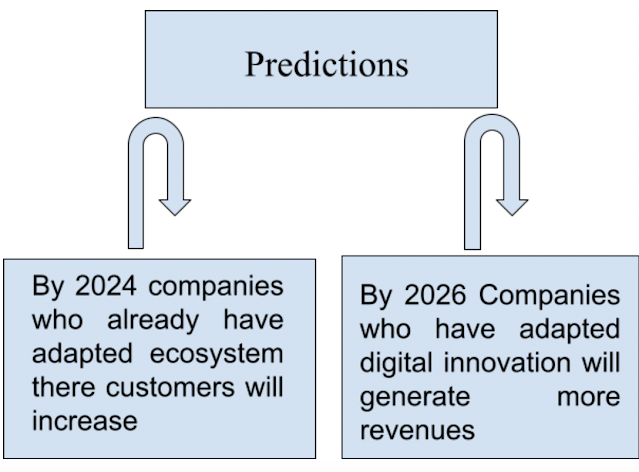Top 10 Predictions for The Future of Technology
Top 10 Predictions for The Future of Technology
International Data Corporation (IDC) has announced its way forward for Connectedness predictions for 2022 and beyond. Over the past 18 months, organisations have had to adapt to a brand new normal, where employees require anywhere-anytime access to mission critical systems and processes; customers are more. IDC defines the long run of Connectedness as enabling the timely movement of information across people, things, applications, and processes to make seamless digital experiences. The technology path to connectedness requires seamless connectivity across networks, IT systems, and therefore the cloud to stay data moving.
Delivering innovative digital products can help businesses satisfy customers and build stronger competitive differentiation. Organisations that will then take the subsequent step and transform their software innovation into value engines will spawn additional business value, like data monetization, new partnerships, or entrance into new markets. As business leaders consider ways to leverage software innovation and transform their businesses into digital innovation factories, IDC outlines its top 10 predictions for the long term of Digital Innovation.
Technologically, the 20-year jump from 2015 to 2035 is huge. During that point some elements of our world will change beyond recognition while others will stay reassuringly (or disappointingly) familiar. Consider the 20 years to 2015. Back in 1995 we were within the youth of the net, we worked in cubicles and our computers were chunky and powered by Windows 95. there have been no touch screen phones or flat screen TVs; people laughed at the thought of reading electronic books, and watching a motion-picture show meant loading a clunky cassette into your VCR.
So, what's going to really be like in 2035? What does the longer term hold for the food we eat, the technology we use and also the homes we live in? it might be tempting to roll out the clichés – food pills, flying cars and bases on the moon – but the fact will probably be less exciting. the globe in 2035 will probably be very like it's today, but smarter and more automatic. Some innovations we'd not notice, while others will knock us sideways, changing our lives forever.
The future of food
The next major food revolution is going to be vertical agriculture within which we grow food in AI-controlled vertical buildings instead of horizontal land: hydroponic plants for fruits and vegetables and in-vitro cloned meat.’ This modification is already happening.
Vertical farming, genetically modified (GM) crops and artificial meat are going to be responses to the growing need for greater food efficiency as populations still grow. But there'll even be a reluctant realisation that we all must eat an improved diet, one that's more plant-based and less reliant on processed foods. Meatless Mondays are a start.
If that doesn’t work, we may well be eating insects in 2035. Already popular in parts of Asia, insects are protein-rich, low in fat and a decent source of calcium.
The future of love
What it might be like: the web has forever changed the way people meet and fall infatuated. Online dating and location-based services like Vine, Snapchat and Grindr have unfolded possibilities that allow people to appear beyond their immediate friends, friends of friends, and associates. We have become more independent and fewer constrained by the old social norms. This can have an effect on the relationships we form, with fewer people choosing traditional marriage, an increase in official (and unofficial) civil partnerships, and more people remaining single for extended, if not forever.
Summary
IDC defines the long run of Connectedness as enabling the timely movement of information across people, things, applications, and processes to make seamless digital experiences. The technology path to connectedness requires seamless connectivity across networks, IT systems, and the cloud to stay data moving. Profitable digital innovation requires alignment across the organisation, says Nancy Gohring, director of research, way forward for Digital Innovation at IDC. Some innovations we'd not notice, while others will knock us sideways. Food pills, flying cars and bases on the moon are just some of the clichés.




Comments
Post a Comment